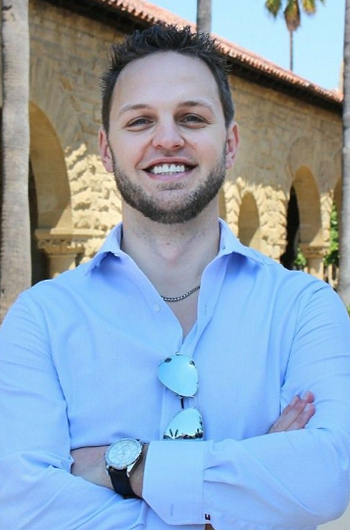Dr. Miller is an Associate Professor of Biological Psychology and directs the Neuroscience
of Mood and Anxiety-Related Disorders (NOMAD) Lab at California State University,
Fresno. His work has been published in journals such as JAMA Psychiatry and Oxford
University Press and covered by media outlets such as the New York Times and National
Public Radio. The students in his lab also regularly present at conferences such as
Society of Biological Psychiatry.
He received his Ph.D. in Neurosciences from Stanford University School of Medicine,
where he received a National Science Foundation Graduate Research Fellowship and Regina
Casper Stanford Graduate Fellowship and completed his dissertation in Dr. Ian Gotlib's
lab on the "Disorder-Specific and Transdiagnostic Functional Neuroimaging Abnormalities
in Major Depressive Disorder."
As an undergraduate, he studied Pre-Medicine, Psychology, and Neuroscience and investigated
obsessive-compulsive disorder in Dr. Dawson Hedges' lab at Brigham Young University,
Provo. Prior to graduate school, he also taught high-school science for three years
in Atlanta, Georgia as a Corps Member through Teach for America and AmeriCorps.
Dr. Miller's primary research interests include the neuroscience of emotion and affective
disorders. His interdisciplinary program of research aims to generate and integrate
knowledge from neuroscience, psychiatry, psychology, and other fields to improve our
understanding of the neural basis of mental disorders. In particular, his main line
of research uses a type of brain scan (fMRI) as well as meta-analytic and machine-learning
tools as well as other forms of artificial intelligence to explore underlying patterns
of neural activation and functional connectivity in depression, anxiety, trauma, and
obsessive-compulsive disorder. These findings can lead to the development of clinical
applications for patients that improve diagnosis and prevention as well as conventional
(e.g., SSRIs/SNRIs) and emerging treatments, including psychedelics (e.g., ketamine)
and non-invasive brain stimulation (e.g., transcranial magnetic stimulation).
